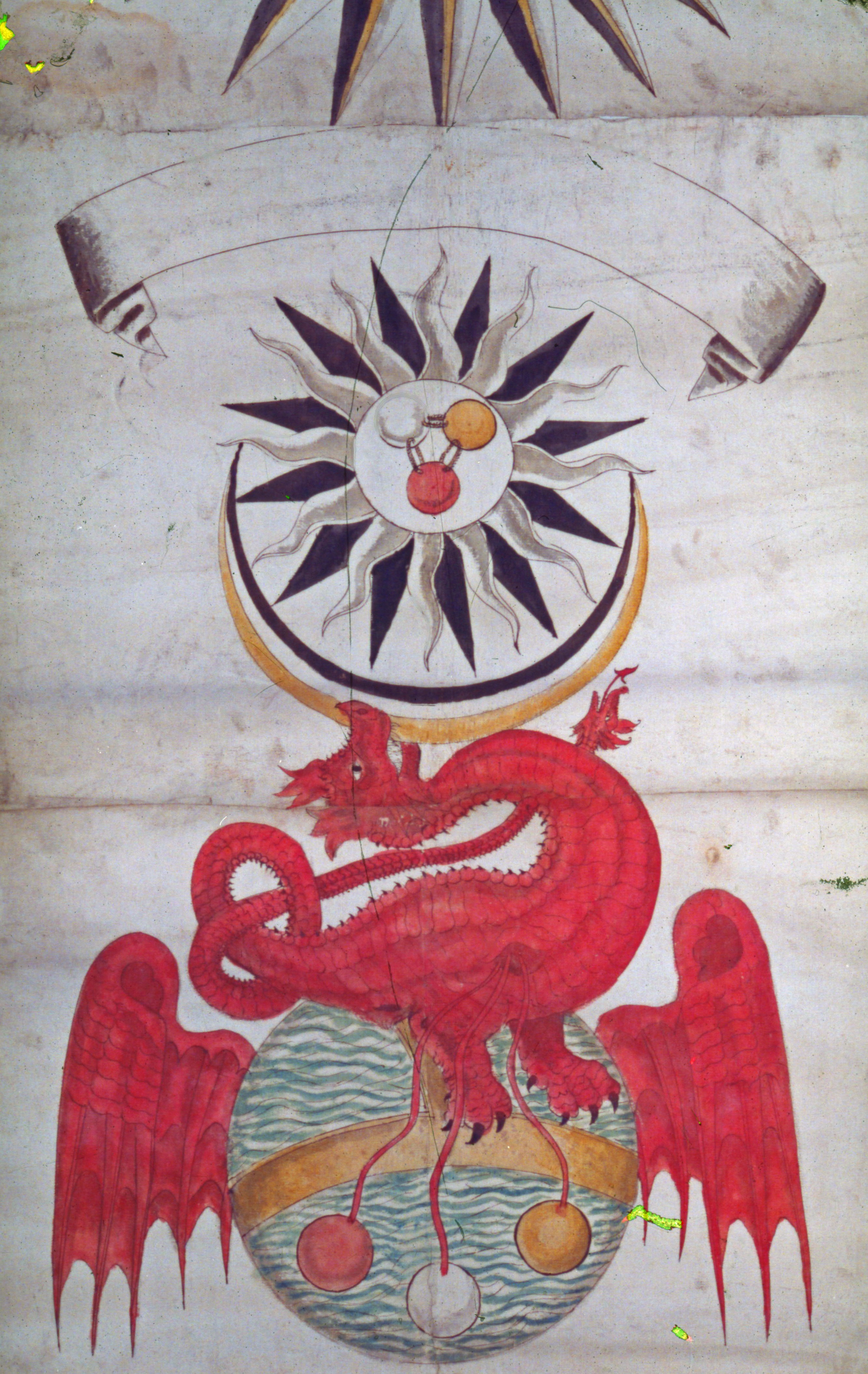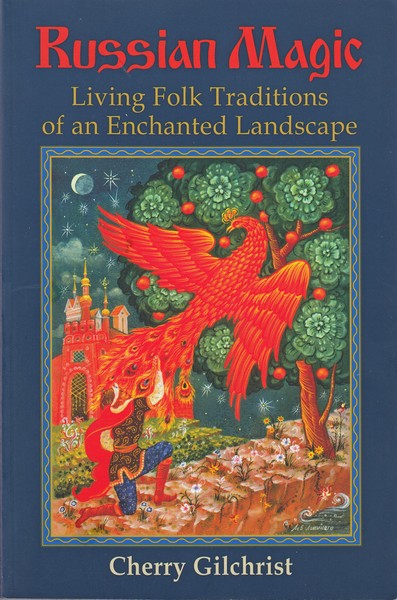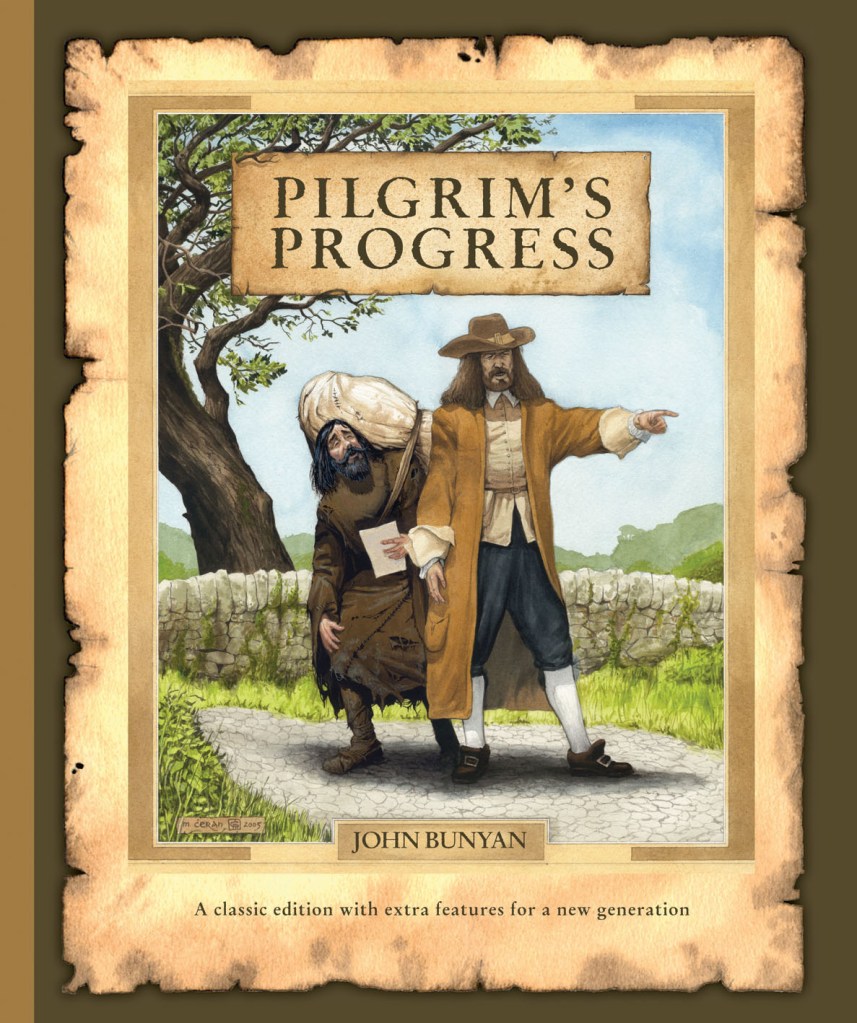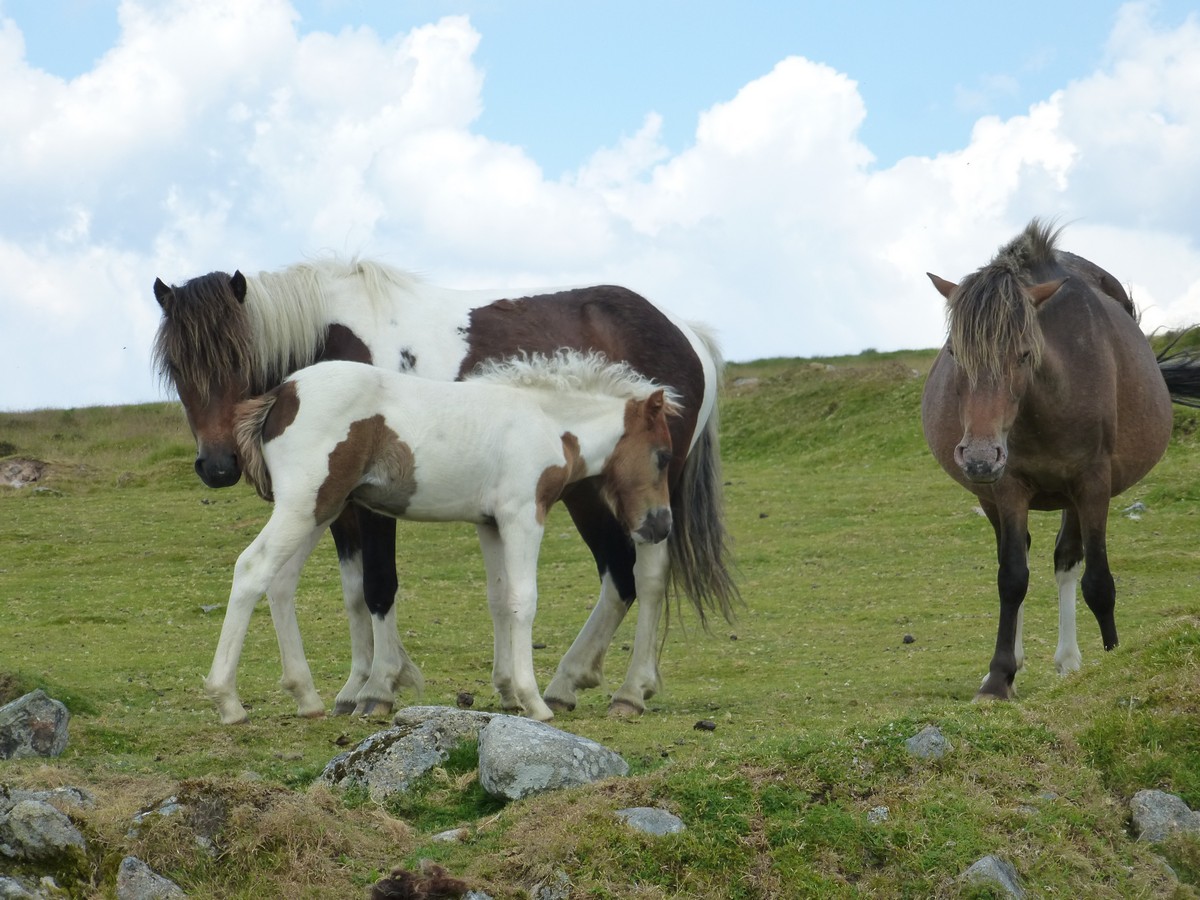
Just recently, I discovered a cache of photos taken from a second Silk Road trip that I made. The first trip, in 1995, lasted around a month as with a group I travelled from Bejing to Rawalpindi, across the West of China to Kashgar and Tashkurgan, then down the Karakorum Highway – a narrow road hewn out of the rock at great cost to the workers who built it, and replacing the old caravan trail barely big enough for pack horses. Around a year later, my(former) husband decided that he’d missed out, and would also like to see something of this ancient trade route, a branching network of roads traverses the terrain from East to West. The Silk Road network extends north and south into countries such as India and Pakistan, Russia and Syria. In the heyday of the Silk Road, from the early centuries AD until the 15th century (when new sea trading routes largely superceded it) it was the means by which exotic, innovative goods were traded from one part of the world to the other – silk of course, but also gunpowder, paper, rhubarb and exquisite carpets and ceramics. It was also the route for transmission of stories, art, and religious beliefs. You can read more about this in my previous blogs – Bazaars of the Silk Road and Suzani from the Silk Road.
My second trip – my husband’s first – was much shorter, and this time we began in Islamabad (next door to Rawalpindi in Pakistan), and flew up to Gilgit. From there we would travel up through Pakistan and onwards north to Kashgar in China, over the mountain pass into Kirghistan and to our final destination of Uzbekistan. The plane from Islamabad to Gilgit actually flies between the mountains, rather than over them, so if there’s a cloud in the sky, the flight doesn’t go. If it does go, you hope that a cloud or two doesn’t appear en route, and thicken into mist, since that could be a recipe for disaster. Our flight took off successfully – the alternative was something like a three day drive through unspectacular scenery. It also landed successfully, I’m pleased to say.

I had visited Gilgit before, and enjoyed its (then) fairly relaxed attitude, which welcomed foreigners. This time, however, there was a different atmosphere since it was just after the festival of Ashura when according to the BBC website:
For Shia Muslims, Ashura is a solemn day of mourning the martyrdom of Hussein in 680 AD at Karbala in modern-day Iraq. It is marked with mourning rituals and passion plays re-enacting the martyrdom. Shia men and women dressed in black also parade through the streets slapping their chests and chanting. Some Shia men seek to emulate the suffering of Hussein by flagellating themselves with chains or cutting their foreheads until blood streams from their bodies.
There had been lashing, and many men strode past, wild-eyed, with open wounds on their backs. A tense atmosphere prevailed and army snipers stood on the rooftops, alert to any outbreak of trouble. This was not a place for tourists, and we kept our heads bowed and scurried on, pleased when we could set out on the next stage of our journey, up the Karakorum Highway and up into Kashgar, a place dear to my heart, with its huge Sunday market. From there we’d travel over the Torugart Pass into Kirghistan – new territory for me.

The Hunza valley, up the Karakorum Highway is truly beautiful, and a stopping off point for mountaineers. The fiendish Karakorum mountains lure those who seek the ultimate challenge – ultimate in the case of Alison Hargreaves, an accomplished mountaineer who sadly died there in 1995 as a young mother in her 30s. These mountains have jagged, threatening peaks which loom darkly above you, and its hard to imagine anyone scaling them. But in Hunza below, apricot trees are laden with fruit, wild cosmos flowers bloom in the grass, and the terraces on the lower slopes are bright green with crops and grass fodder, grown with care and great industry by the local inhabitants.
Here too are the ancient forts of Altit and Baltit, presiding over the lost Silk Road kingdom of Hunza – other such kingdoms which you may never have heard of include Kashgaria and Sogdiana. Whole dynasties have risen and fallen in these regions and modern maps are sadly inadequate for understanding the layout of old Silk Road territories.


As it was my second Silk Road trip, and a shorter one, I documented it in less detail than the first, when I was eager to write a complete travel journal. Thus the pictures I have of mountains and nomadic people are somewhat loosely defined geographically now in memory, and I’ll share them without attempting to be too precise about their location. And what I’ll miss out here is our visit to the fabled city of Kashgar, now sadly with its Uighur and Silk Road culture diluted in recent years by Chinese domination and suppression. I took many pictures on my previous trip there, and perhaps because of that, I focused entirely on enjoying the vast Sunday market the second time round. But you can see more of Kashgar in my previous blog Bazaars of the Silk Road
But first the border crossing, from the far West of China through the Torugart Pass into Kirghistan. This was a prolonged affair, leaving one country and travelling several miles before entering the next. On the Kirghiz side, it was still the border post of the old Soviet Union, and guarded with maximum formalities. Although, as I speak Russian, I was able to chat to the officers who were delighted that someone, at last, spoke their native tongue!

The peoples of this area mingle too – Tajiks, Kirghiz, and Uzbekis, for instance.There are still nomadic tribes or families, using traditional yurts, and perhaps migrating to town houses in the winter months.


The family below were yurt dwellers, at least for the summer months when they can graze their animals on mountain grass. The white felt hat which the man on the left is wearing is the traditional Kirghiz headgear. In the second picture, you’ll see that I took the chance to try ‘kumis’ which is usually made from mare’s milk, and tastes like kefir. It was delicious! Some swear by it as a cure for chestiness and other respiratory ailments.
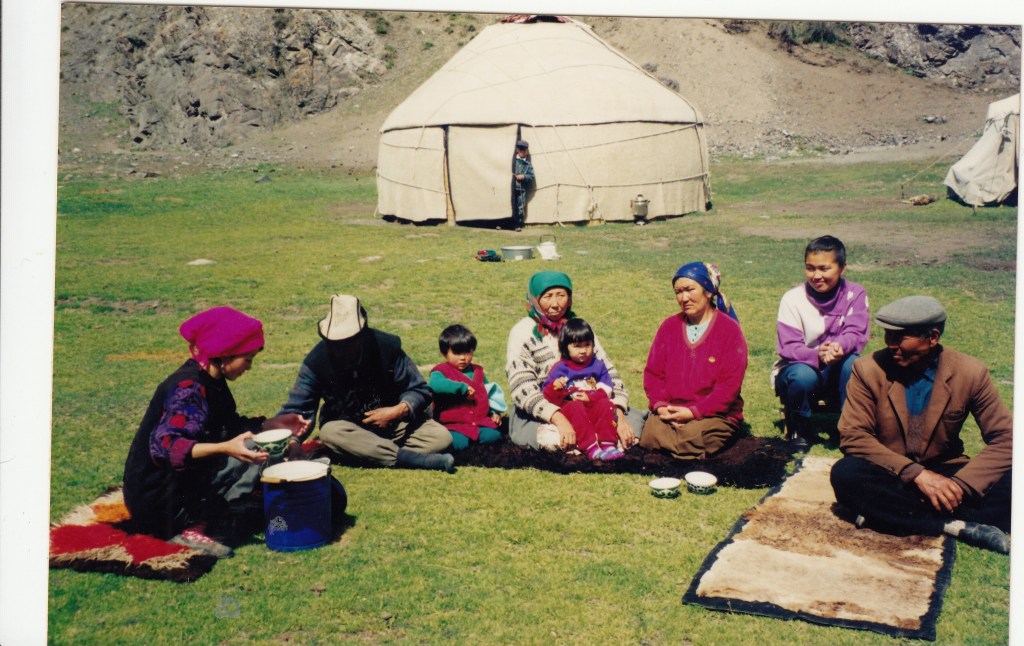
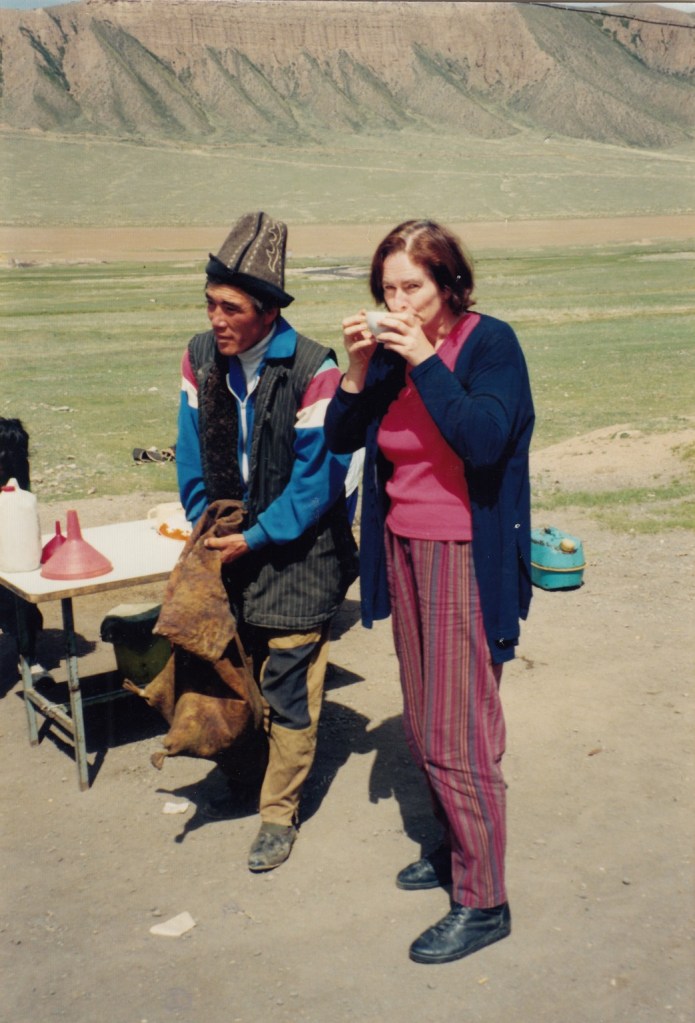
The yurts are easy to transport and put up again; they’re constructed on a pattern representing the cosmos, with the central crossing symbolising the four directions. You must always walk round sunwise inside a yurt, starting from the left hand side, even if what you’re coming in for is close to the right hand side of the entrance. Inside, they are cosy, and infants sleep snugly wrapped in their cradles, which can also be transported intact.


It was also an opportunity to try my skills on a horse again. The Kirghiz particularly love their horses, and on my previous Silk Road trip I’d also managed to blag my way onto a steed! They specialise in decorated felt and embroidered saddle cloths.

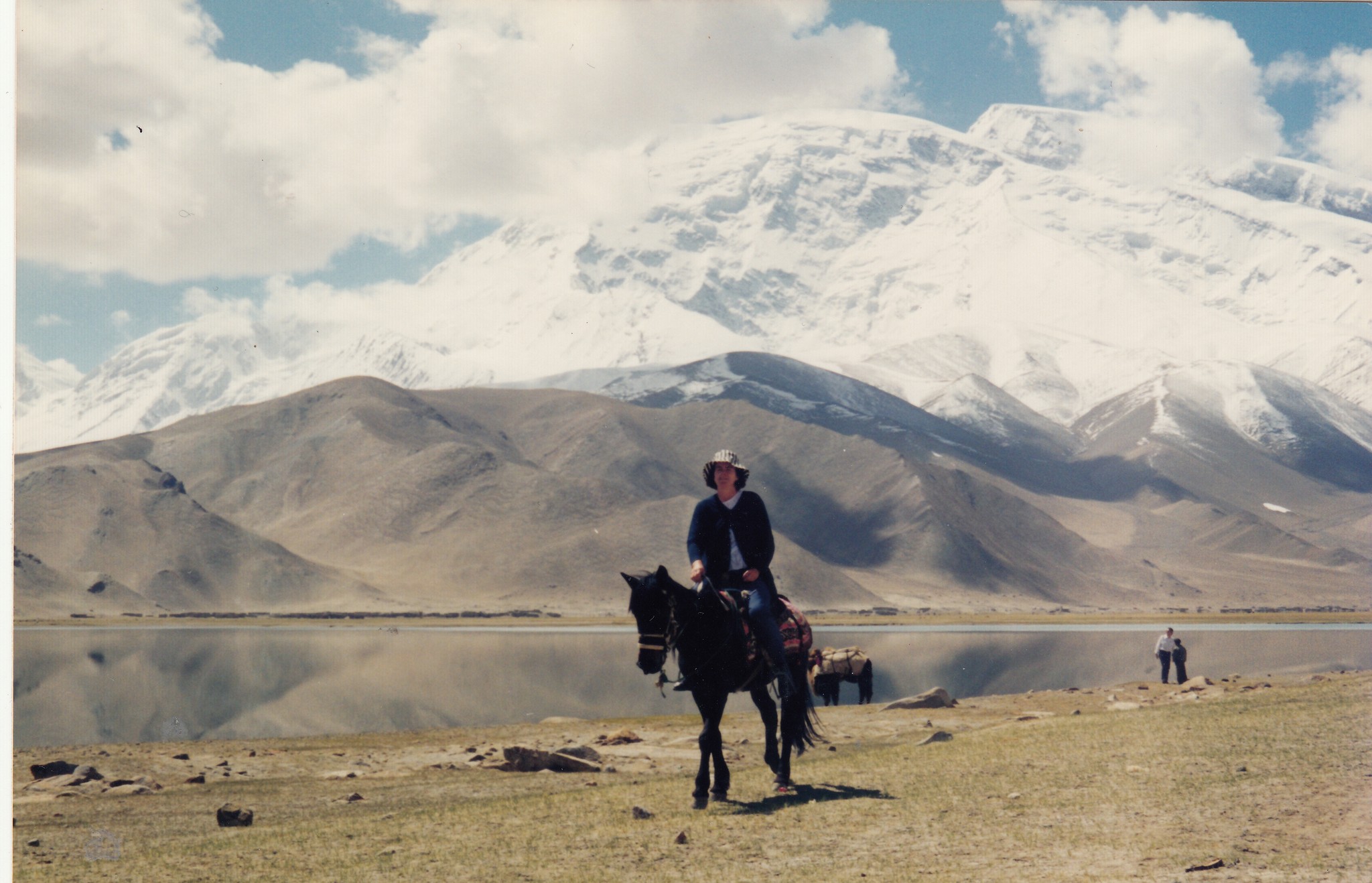
In the higher regions of Central Asia and Western China, yaks are useful for their meat, milk and as beasts of burden. They are also known as the ‘Tartary ox’.


Kirghistan has its own national hero – Manas. He is perhaps what Genghis Khan is to the Mongolian civilisation, a warrior king who fought battles for his people. The Epic of Manas in its present form dates from the 18th century, but was passed down orally before that, and is believed by the Kirghiz to be much older – they celebrated its 1000th anniversary in 1995! Its provenance is complex, but it seems to be based on historical facts much mythologised to celebrate the prowess of the superhuman hero.

If you’d like to watch this short video, you can see marvellous shots of the Kirghiz way of life, along with listening to plangent Kirghiz music, hearing a clip from the epic of Manas, and watching those curious white felt hats.
Descending eventually down into Uzbekistan, a hotter and flatter country, we visited the astonishing cities of Samarkand and Bukhara. Later, on a subsequent trip, I also reached Khiva, which is a renovated Silk Road city of magnificently tiled buildings. Buhkara has been a melting pot of different dynasties and peoples, and the Samanid mausoleum built in the 10th century includes influences from Byzantium, Persia along with Sogdian and Sassanian styles, plus, we were told, hints of the ancient Zoroastrian religion.

Here in Uzbekistan, the produce is lusher, the clothes made of lighter fabric. The famous ‘rainbow silk’ is still worn by the women. There’s a legend about how it came into being – it can be found in a blog from my original website: Images from the Silk Road – Rainbow Silk


And so we rounded off the Silk Road trip in Samarkand and Bukhara, where I’ll round off this post with images, rather than a discourse. First of all, here is the Uzbeki style of building grand houses and palaces. Even smaller-scale, more domestic houses often have these charming decorated alcoves.

And then, the wonderful tiled mosques, perhaps even more magnificent than those I had already seen in Istanbul. Some have been restored to their full glory after becoming dilapidated in earlier years.

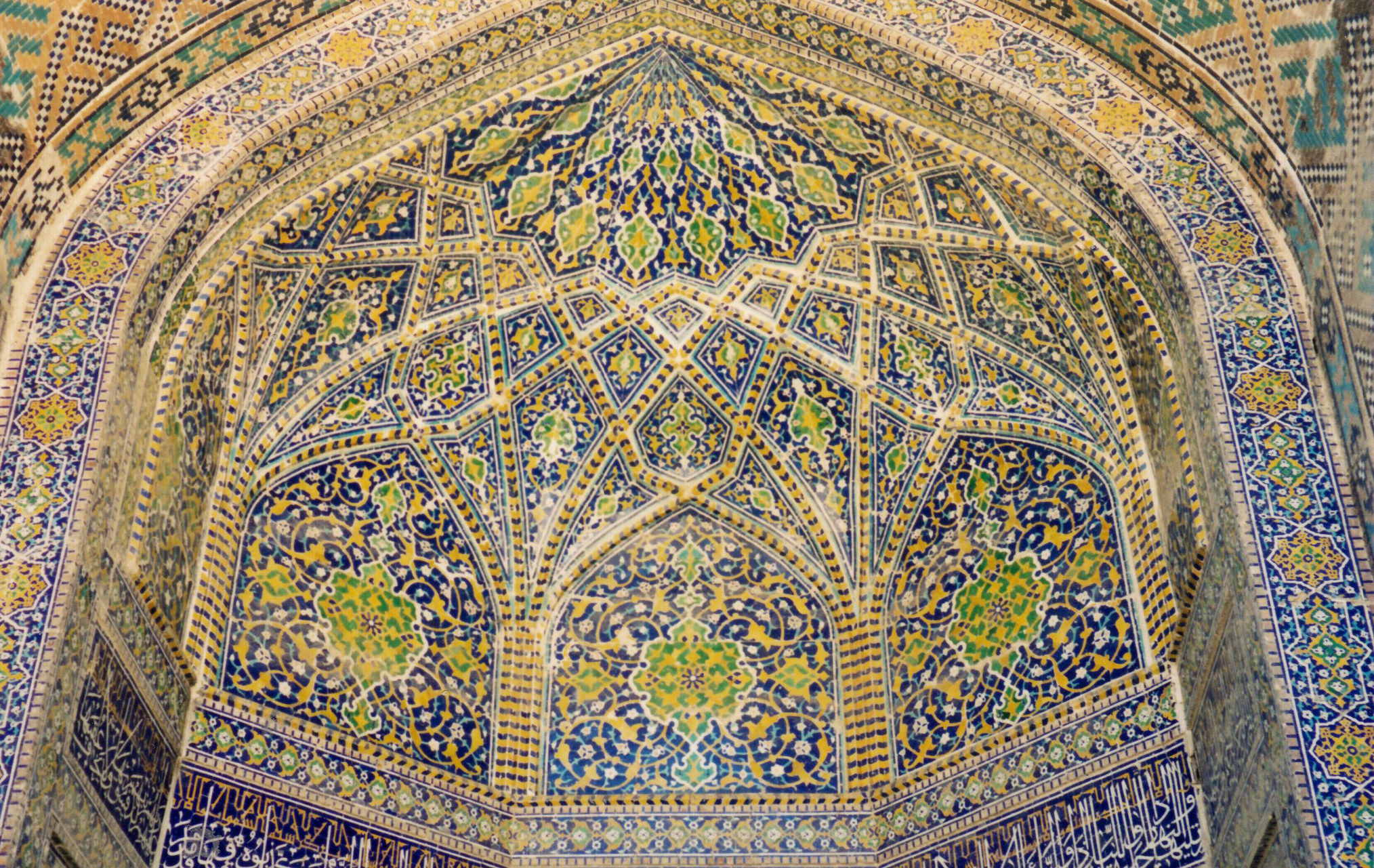


After the second silk road trip, I did follow up with separate visits to Syria, a more complete tour of Uzbekistan, and futher visits to Turkey, where I’d been travelling since I was a student. With images and source books, I looked further into the history of the Silk Road, its legends and its cultures, and from this came my children’s book Stories from the Silk Road, and illustrated lectures which I gave for NADFAS (now the Arts Society), and at various other venues including cruise ships. Some of the ports in the Black Sea, for instance, are old Silk Road ports, so it was more relevant to the passengers than you might think. And, of course, I can enjoy writing blogs such as this one, to share the images with you.
Thanks for joining me on my travels!
Blogs of further interest






